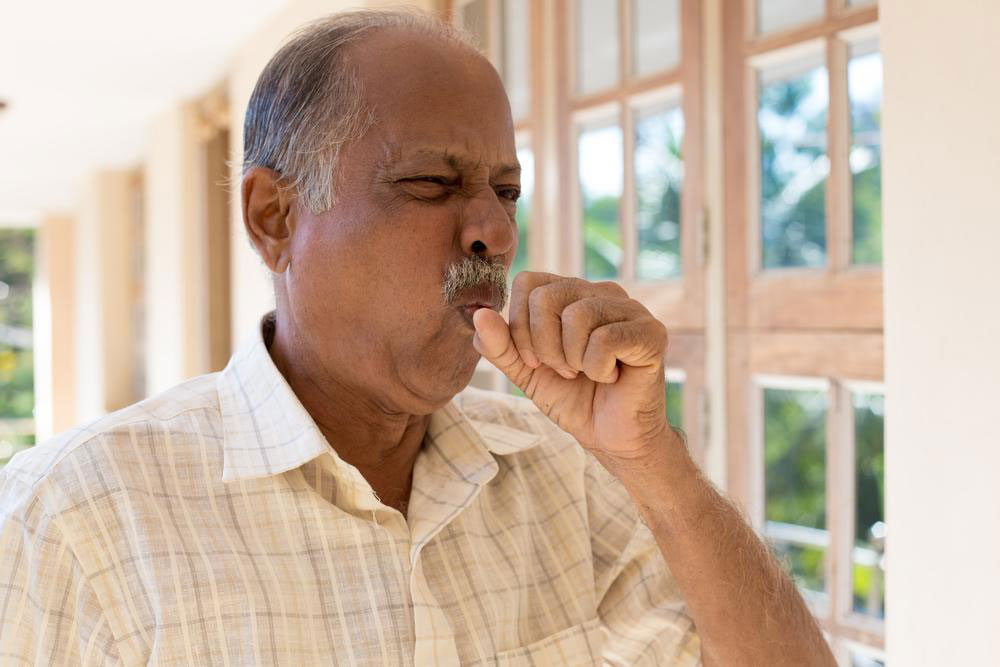Understanding Chronic Bronchitis: Causes, Symptoms, and Prevention
Learn about chronic bronchitis, including its causes, symptoms, and preventative strategies. Understand how to recognize long-term lung inflammation, the importance of quitting smoking, and when to seek medical help to manage this serious respiratory condition effectively.

Understanding Chronic Bronchitis: Causes, Symptoms, and Prevention
What is Chronic Bronchitis?
Chronic bronchitis is a long-term lung condition characterized by persistent inflammation of the bronchial tubes, which carry air to the lungs. This inflammation leads to excess mucus production, clogging airways and making breathing difficult. It often results in a chronic cough with mucus, wheezing, chest tightness, and shortness of breath. As a form of COPD, chronic bronchitis can significantly impact quality of life and health.
Recognizing Symptoms of Chronic Bronchitis
- A cough lasting over three months
- Mucus production during coughing
- Wheezing and breathing difficulties
- Fatigue and chest discomfort
- Fever indicating possible infection
Primary Causes of Chronic Bronchitis
- Cigarette smoking remains the leading cause
- Exposure to toxic gases, dust, and fumes
- Air pollution can worsen symptoms and disease progression
Preventative Measures for Chronic Bronchitis
Cease smoking to prevent lung damage and reduce risk. Avoid inhaling chemical fumes, dust, and aerosols like deodorants or sprays. Wearing protective masks when handling strong chemicals can also help maintain lung health. Improving air quality and minimizing exposure are crucial steps to prevent chronic bronchitis.
When to Seek Medical Advice
Immediate consultation is necessary if you experience:
- Blood in cough
- Severe wheezing or shortness of breath
- Persistent cough exceeding four weeks
- Fever over 101°F (38°C)
Diagnosis and Treatment Options
Doctors will review medical history and perform lung function tests, such as pulmonary function tests and chest X-rays. Treatment may involve medications like steroids or bronchodilators, vaccines, oxygen therapy, and pulmonary rehabilitation, especially in severe cases. Smoking cessation is vital to improve outcomes.









